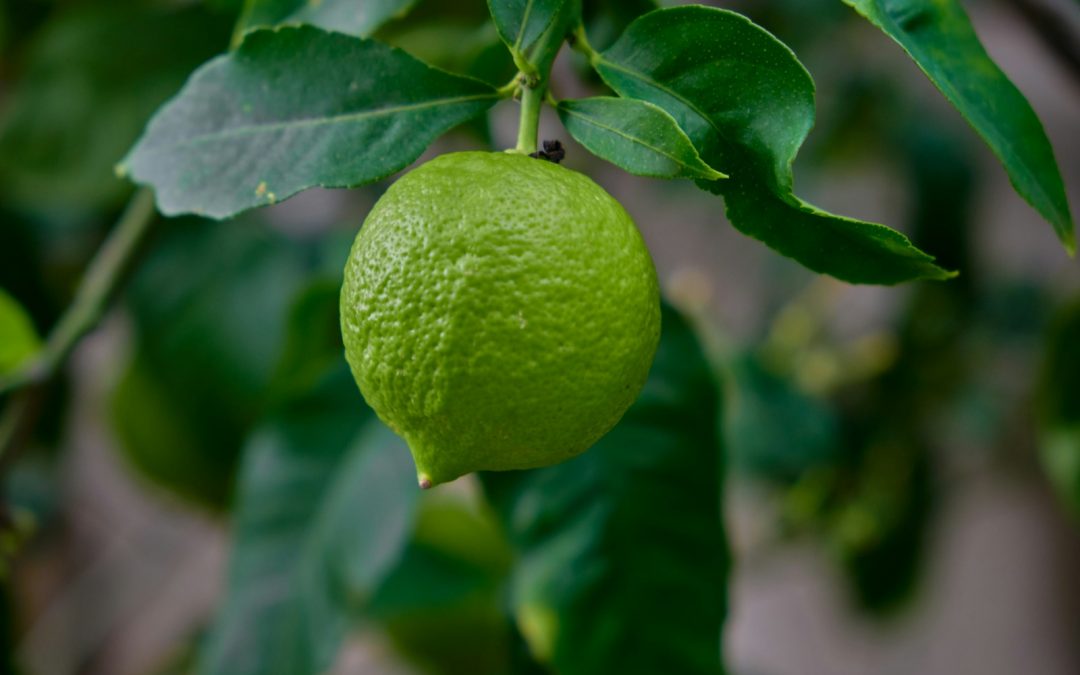Contents
Introduction
Limes, with their tangy zest and vibrant green color, are a popular citrus fruit known for their versatility in culinary arts and health benefits. Growing limes can be a rewarding endeavor for gardeners, offering fresh, flavorful fruit right from the backyard. This article will guide you through the best practices for cultivating limes, from selecting the right variety to ensuring optimal growth conditions.
Choosing the Right Lime Variety
Key Lime (Citrus aurantiifolia)
Characteristics: Small, aromatic, and known for its intense flavor. Best for: Authentic Key lime pie, garnishes, and beverages.
Persian Lime (Citrus latifolia)
Characteristics: Larger, seedless, and less acidic than Key limes. Best for: Juicing and culinary uses where a milder lime flavor is desired.
Kaffir Lime (Citrus hystrix)
Characteristics: Unique double leaves and bumpy fruit skin. Best for: Southeast Asian cuisine; the leaves are especially valued for flavoring.
Planting Limes
Location and Climate
Limes thrive in warm, subtropical to tropical climates. They need full sun and well-draining soil.
Planting Time
The ideal time to plant lime trees is in the spring, after the threat of frost has passed.
Soil Preparation
Limes prefer a pH between 6.0 and 7.5. Amend the soil with compost to ensure good drainage and fertility.
Caring for Lime Trees
Watering
Regular watering is crucial, especially during dry spells. However, avoid overwatering as this can lead to root rot.
Fertilizing
Use a balanced, citrus-specific fertilizer. Apply according to package instructions, typically every few months during the growing season.
Pruning
Prune to shape the tree and remove any dead or diseased branches. Light pruning can be done any time of the year.
Pests and Diseases
Common Pests
- Aphids
- Citrus leaf miners
- Scale insects
Control: Use insecticidal soap or neem oil for organic control. Monitor regularly for early detection.
Common Diseases
- Citrus canker
- Root rot
Control: Ensure good air circulation and avoid overhead watering. Use fungicides if necessary.
Harvesting and Using Limes
When to Harvest
Limes are usually ready to harvest when they are slightly soft to the touch and a vibrant green color. They do not continue to ripen once picked.
Storage and Usage
Store limes in a cool, dry place or refrigerate. Use them in drinks, cooking, or as garnishes. The zest and juice can be frozen for later use.
Troubleshooting Common Issues
Yellowing Leaves
Often a sign of overwatering or poor drainage. Check soil conditions and adjust watering practices.
No Fruit Production
This can be due to a lack of pollinators or improper care. Ensure the tree is well-cared for and consider hand pollination if necessary.
Leaf Drop
Can be caused by temperature stress, overwatering, or pests. Evaluate and adjust environmental conditions and care practices.
Conclusion
Growing limes can be a fruitful and enjoyable experience. By choosing the right variety, providing proper care, and staying vigilant against pests and diseases, gardeners can enjoy a bountiful lime harvest. The fresh flavor of home-grown limes is unparalleled and can enhance a wide range of dishes and beverages.


